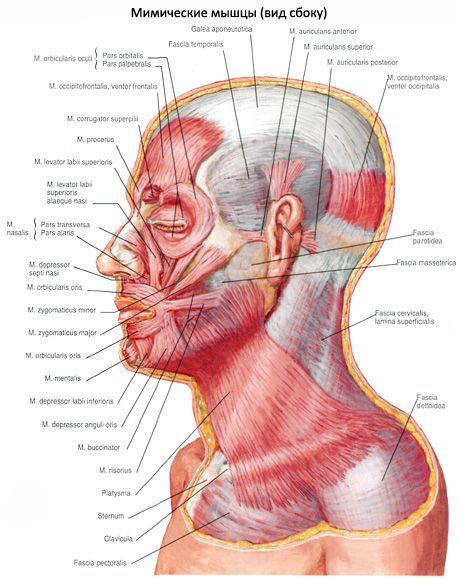
All iLive content is medically reviewed or fact checked to ensure as much factual accuracy as possible.
We have strict sourcing guidelines and only link to reputable media sites, academic research institutions and, whenever possible, medically peer reviewed studies. Note that the numbers in parentheses ([1], [2], etc.) are clickable links to these studies.
If you feel that any of our content is inaccurate, out-of-date, or otherwise questionable, please select it and press Ctrl + Enter.
Muscles of the auricle
Medical expert of the article
Last reviewed: 04.07.2025
The muscles of the auricle in humans are poorly developed. The ability to move the auricle is very rare, which is combined with the simultaneous contraction of the occipitofrontal muscle. There are anterior, superior and posterior auricular muscles.

The anterior auricular muscle (m.auricularis anterior) in the form of a thin bundle begins on the temporal fascia and tendinous helmet. Directed backwards and downwards, it is attached to the skin of the auricle.
Function: pulls the auricle forward.
The superior auricular muscle (m.auricularis superior) begins with weakly expressed bundles on the tendinous helmet above the auricle; it is attached to the upper surface of the cartilage of the auricle.
Function: pulls the auricle upward.
The posterior auricular muscle (m.auricularis posterior) is better developed than other ear muscles. It starts with two bundles on the mastoid process, goes forward and attaches to the posterior convex surface of the auricle.
Function: pulls the auricle backwards.
Innervation of the ear muscles: facial nerve (VII).
Blood supply: superficial temporal artery - anterior and superior muscles; posterior auricular artery - posterior muscle.


 [
[